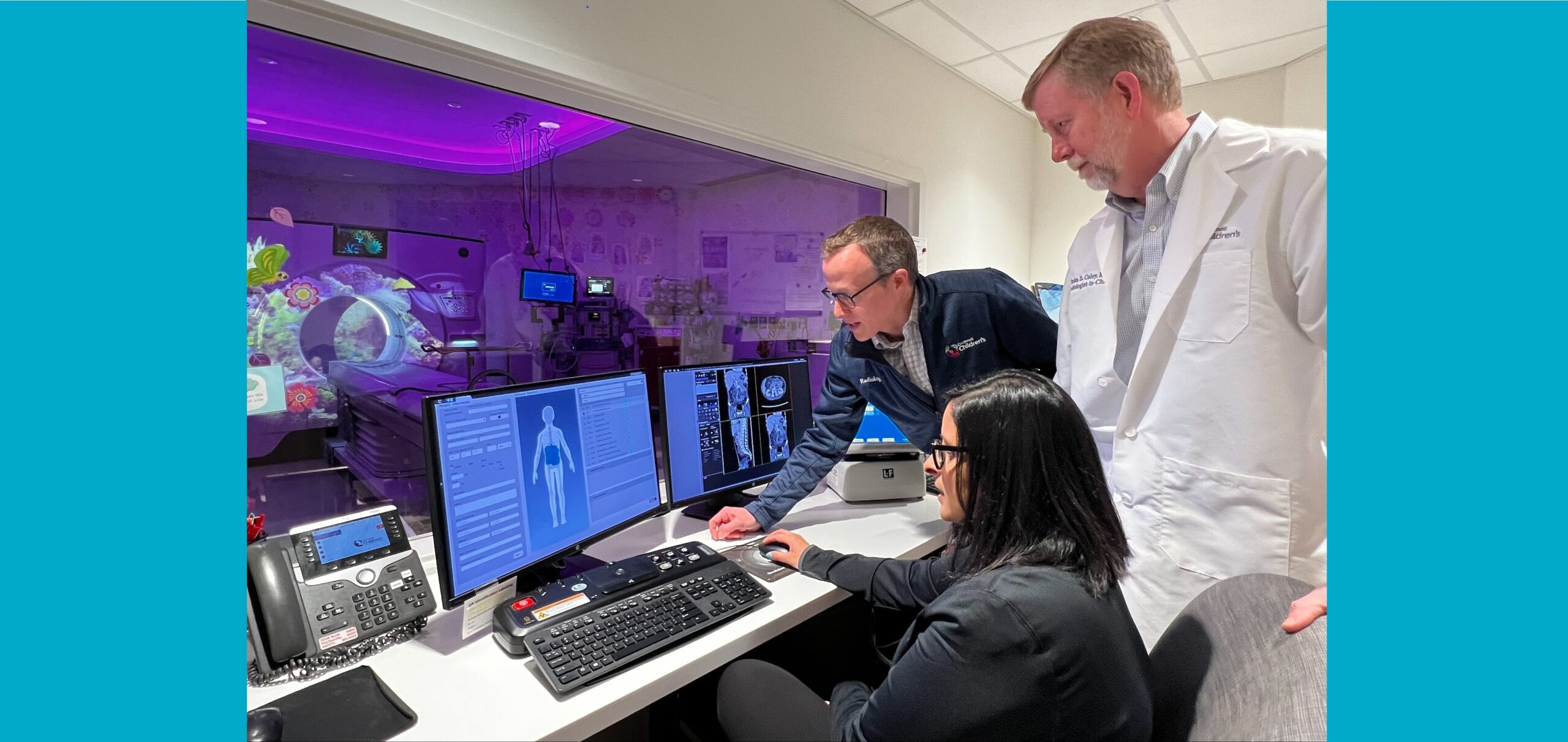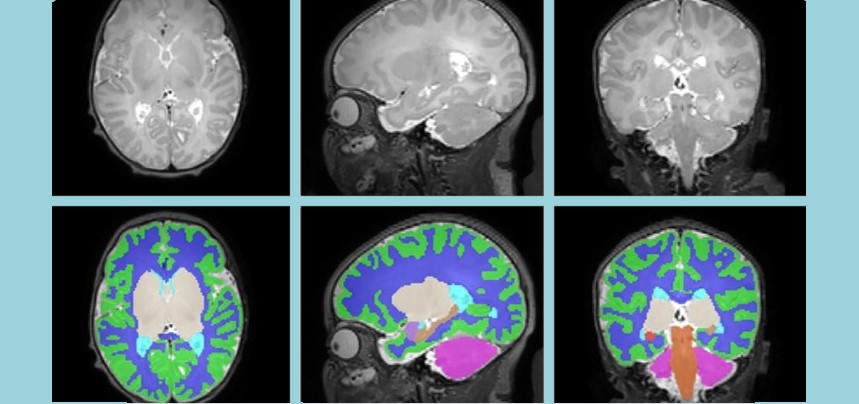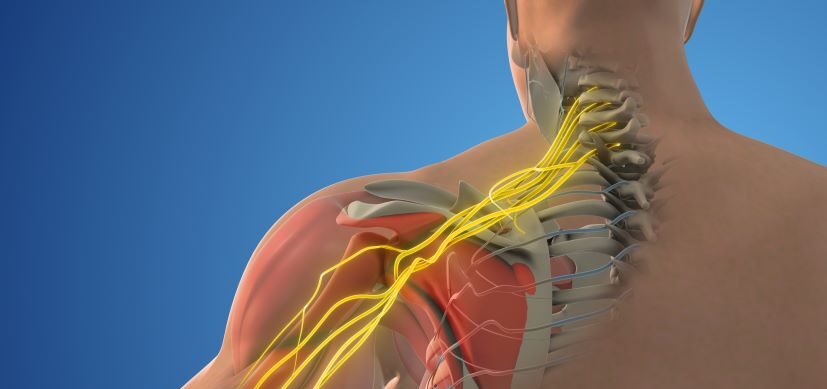Bridging the Asthma Equity Divide
Post Date: September 24, 2024 | Publish Date:
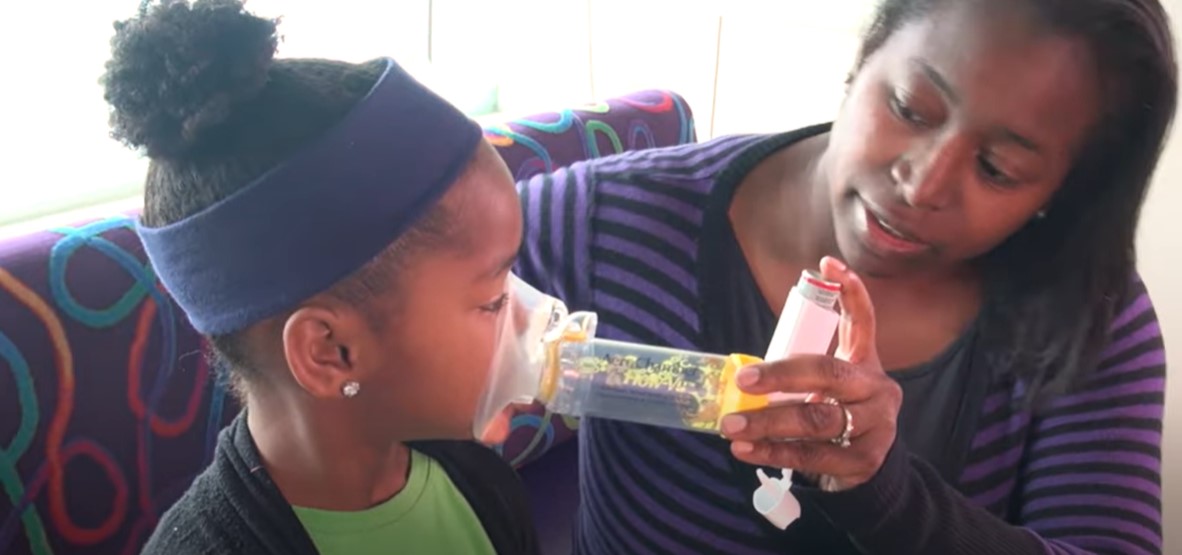
Inequities in health outcomes continue to exist, with persistent disparities by race, ethnicity, income, neighborhood, and more, and asthma outcomes are no exception.
In Cincinnati, asthma affects 17% of children (compared to 5-10% nationwide) and disproportionately affects children in disadvantaged urban areas. At Cincinnati Children’s, the rate of asthma admissions for Black children experience asthma admissions at a rate six times higher than their non-Black peers, a difference thought to be driven by social, economic, and environmental factors. However, with support and guidance from the Health Equity Network (HEN), a multi-disciplinary team of improvers has reduced the asthma admission disparity gap by 76%.
Quality Improvement in Action
The improvement team, working across Cincinnati Children’s divisional lines, began by identifying a cohort of 322 children (253 Black, 69 non-Black) who were admitted at least once to our General Pediatrics or Pulmonary divisions between 2019 and 2021. The median monthly asthma admission rate for this population, calculated as a 13-month rolling average, was 1.35%. The admission rate for Black patients was three times higher than for non-Black patients (1.58% vs 0.48%).
Using quality improvement methodology, the team identified three key ways to reduce the equity gap:
- Provide equitable, trauma-informed, family-centered care and treatment plans personalized to meet the individual needs of patients and families.
- Streamline internal and community partnerships to address identified barriers and needs in a comprehensive and timely manner.
- Ensure clear, timely, and reliable communication among providers across divisional lines.
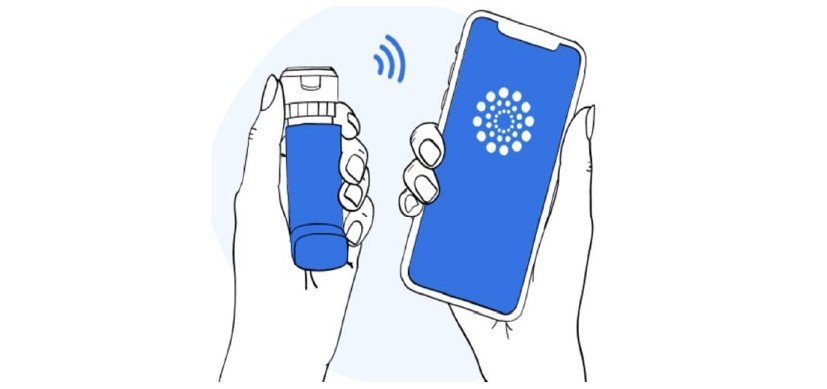
Over the next 16 months, a multi-pronged intervention approach was deployed. Providers from the General Pediatrics and Pulmonary divisions began meeting weekly to review appointments and discuss barriers to asthma control, changes in management, and social determinants of health needs for shared patients. These meetings improved alignment and coordination of care and standardized a communication framework for providers.
To improve patient and family communication, patients were enrolled in remote patient monitoring with a PropellerTM device as a test. However, this intervention was later abandoned after patients and families reported barriers with the technology. Instead, simple text messaging emerged as the most successful method of communicating with families to schedule lapsed visits and care.
Most notably, the improvement team spent time working with community partners to address barriers to care that were identified in standard screenings for social determinants of health.
Overall, 56% of eligible patients completed screenings. Of those, 59% expressed at least one need. The two leading concerns raised by families were food and housing insecurity.
In response, families in need were connected with a patient/family liaison who could guide them to the right community resources. Families experiencing food insecurity were connected to local food banks or provided with a food drop at a local school. Families experiencing housing insecurity were referred to Legal Aid or a county housing remediation program through a newly standardized referral process.
In addition to the newly standardized screening and referral process, the team took part in numerous community events and found opportunities to collaborate with school-based health clinics—including donating inhalers and spacers to partner schools.
Decreasing the Equity Gap
Throughout the improvement project, the median monthly asthma admission rate for the cohort decreased from 1.35% to 0.9%. More importantly, the disparity in asthma admissions between Black and non-Black children shrank from 1.1 percentage points to 0.26 percentage points, a reduction of 76%.
The success of this project reflects the work of an incredible multi-disciplinary team that was willing to break down silos across various domains including outpatient, inpatient, emergency department, community, and education.
What’s Next?
The improvement team is working to develop and distribute a change package that will include recommendations for successful spread such as:
- Aligning and coordinating care across various domains
- Equitably distributing resources to address social determinants of health concerns
- Improving access to patient and family liaisons to aid with navigating healthcare systems, school-based health centers, and community resources.
Interested in learning more? Contact Kim Whitesell.
Learn More
- Read about how decades-old “redlining” policies contributed to unhealthy neighborhood environments
- Learn more about asthma research advances at Cincinnati Children’s





